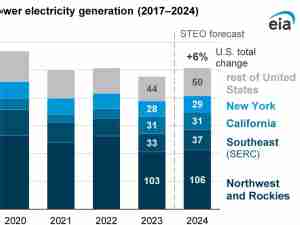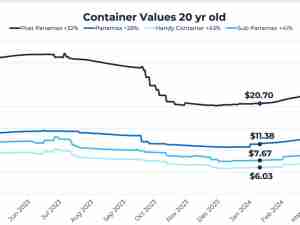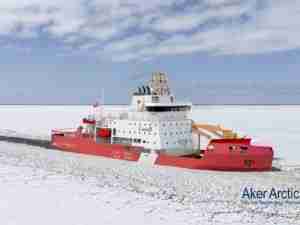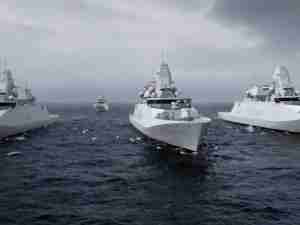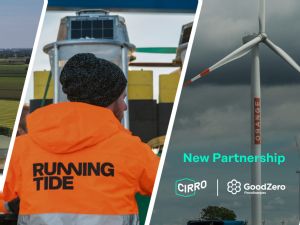North Sea Decommissioning Industry to Boom after Numerous False Starts
posted by AJOT | Feb 15 2016 at 03:44 PM | Maritime
Douglas-Westwood’s new North Sea Decommissioning Market Forecast 2016-2040 predicts that between 2016 and 2040 $70-$82 billion (bn) will be spent on decommissioning activity in Denmark, Germany, Norway and the UK; a marked increase on any past work that has been completed, as the region enters a permanent decline.
Decommissioning activity is expected to grow over the next few years, driven by the sustained low oil price, the maturity of North Sea fields and the age of infrastructure that has pushed maintenance costs up, leading to a high breakeven price.
The forecast includes two different scenarios, one assumes that decommissioning methods will remain the same, with reverse installations utilising Heavy Lift Vessels (HLVs) as the most common method. The other scenario considers the impact the Single Lift Vessel (SLV) Pioneering Spirit and others that follow it could have on the market. Scenario 2 will see cost reductions of around $12bn on Scenario 1, demonstrating this impact. It has to be stressed however, that this is contingent on E&P operators embracing this method of removal over the more established method. As a result a huge amount will depend on the success of early removal projects Yme and Brent.
As the country with the largest amount of installed infrastructure, as well as the oldest platforms, the UK will make up over half of all expenditure, with a total cost of over $50bn in Scenario 1 or $43bn in Scenario 2. Unlike the other countries in the report, the UK will see reasonably high levels of activity throughout the forecast period. From 2030 onwards, however, Norway will grow to become an incredibly important part of the decommissioning market. It is expected to account for 32% of the total spend 2016-2040, with 79% of this coming in the last ten years, as the large hubs finally begin to lose commerciality.
This represents a powerful opportunity for specialist companies to establish themselves in the industry and become trusted and reliable partners to the platform operators who will desire speed, safety, cost effectiveness and reliability, as they aim to keep decommissioning costs low and ensure removal work is completed without incident.
The North Sea Decommissioning Market Forecast is supported by analysis, insight and industry consultation and includes:
Drivers & indicators – a review of the factors influencing the North Sea decommissioning market, including: oil & gas prices; maturity of fields; tax regimes; operations and maintenance costs; legislation and challenges in the oil & gas industry.
Overview of decommissioning process – an in-depth look into how decommissioning is completed, from the cessation of production all the way through to the onshore deconstruction phase. This details the different options available to operators, including the use of HLVs and SLVs and a section on the current HLV and HTV fleets.
The supply chain – detailed analysis of the supply chain, outlining the specialised well abandonment firms, system inerting companies, disconnection specialists, infrastructure removal businesses and disposal companies.
Market forecast – summary of total expenditure, weight removed and the number of platform and well removals for the four countries featured in the report, as well as a country-by-country breakdown. Expenditure is split into two different scenarios, one showing the impact SLVs could have and one assuming the market continues as it previously has. In addition, for each scenario and country, expenditure is broken down into the following segments: FPS removal, heavy transport, onshore deconstruction, PSV (and DSV), substructure removal, topside removal and well decommissioning. There is also a separate section on the onshore deconstruction market.
Supporting databook – the report will be released with a supporting Excel workbook that features all of the tables and charts that are included in the report.
